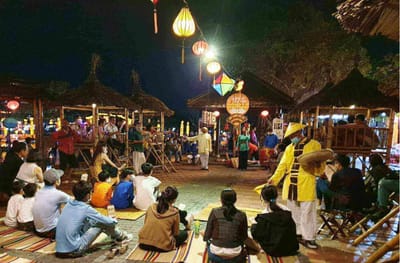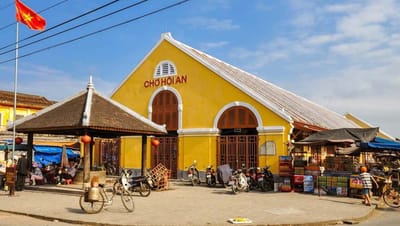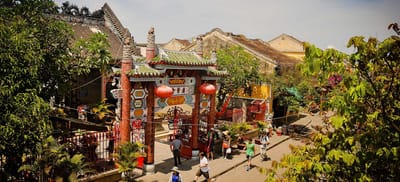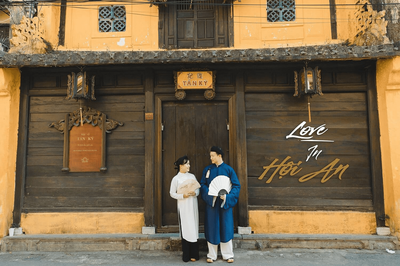Fujian Assembly Hall Hoi An: Architecture, History & Worship
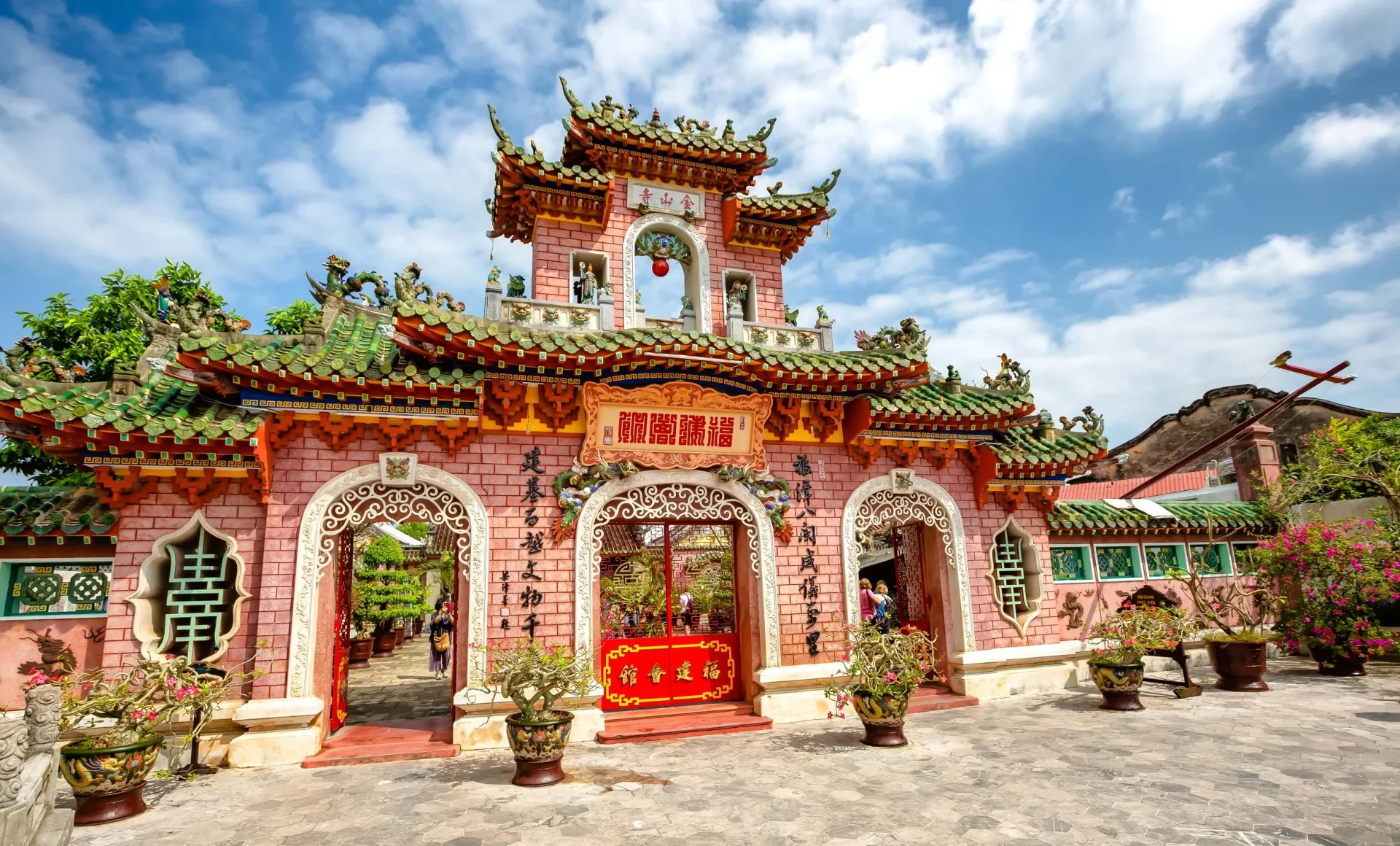
Executive Summary
Key Insights: Fujian Assembly Hall (Phúc Kiến) stands at 46 Tran Phu Street, built in 1697 by Chinese immigrants from Fujian province to honor the sea goddess Thien Hau. Notable for richly decorated roofs, wood and stone carvings, and vibrant courtyard, it remains an active worship site and architectural masterpiece. Open 8:00 AM–5:00 PM daily; one heritage coupon required. Allow 30–45 minutes to explore ornate interiors, ancestral altars, and interpretive exhibits.
1. Historical Background
Chinese Immigration Waves
After 1644’s Ming-Qing transition in China, waves of Fujianese refugees settled in Hoi An, forming one of four primary Chinese communities. The assembly hall served as religious, social, and commercial hub.
- Construction Year: 1697
- Patron: Fujian community guilds financed construction
- Purpose: Worship Thien Hau (Mazu), seek safe sea voyages, strengthen community bonds
2. Architectural Features
Roof & Courtyard
- Multi-tiered roof: Curved tiles with dragon, phoenix, and demon figures
- Courtyard layout: U-shaped halls surrounding open courtyard with incense burner and stone lion statues
Decorative Carvings
- Wood panels: Intricate motifs—lotus, peony, mythical creatures
- Stone columns: Reliefs depicting Fujian sea journeys and local legends
- Ancestral altar: Gold gilded, with ceremonial offerings and genealogy plaques
textKEY POINT: The central incense burner weighs over 2 tons and served as focal point for maritime prayers; note its continuous use since 1697.
3. Visiting Tips
- Hours: 8:00 AM–5:00 PM; busiest 9:00–11:00 AM
- Entry: 1 heritage coupon (120,000 VND ticket)
- Etiquette: Remove shoes in inner halls; speak softly during worship
- Photography: Interior restricted during ceremonies; exterior courtyard photos encouraged
[Link to: Tan Ky Ancient House for comparative architectural study]
[Link to: Cantonese Assembly Hall for other Chinese community perspective]
![Alt text: Fujian Assembly Hall courtyard with ornate roof dragons, central incense burner, and red and gold decorative beams]
4. Cultural Significance
The hall embodies Hoi An's Criterion II UNESCO value—a living testament to cross-cultural fusion where Chinese religious traditions integrated into Vietnamese urban fabric. Its active worship preserves intangible heritage alongside tangible architecture.
5. Practical Planning
- Combine Visits: Fujian Hall → Japanese Bridge (300m east) → Cantonese Hall (200m west)
- Nearby Amenities: Coffee at Cargo Club; lunch at Central Market
- Guided Tours: English-language explanations available; ask at ticket booth
Conclusion
Fujian Assembly Hall offers immersive insight into Hoi An’s Chinese diaspora heritage through its elaborate architecture and ongoing worship traditions. A must-visit angle under Pillar 2, it complements nearby Tan Ky House and Cantonese Hall explorations, enriching your understanding of the ancient town’s multicultural legacy.
[Link to: Hoi An Night Market for evening activities]
[Link to: Walking Tour for route integration]
No spam, no sharing to third party. Only you and me.


